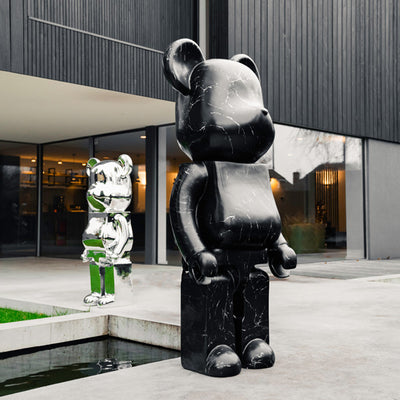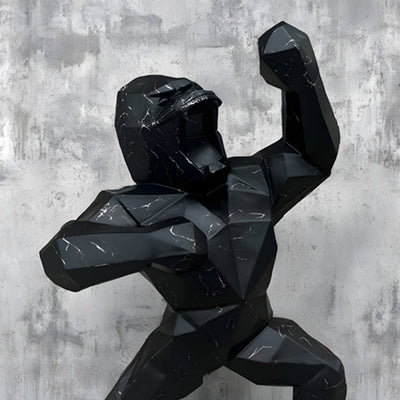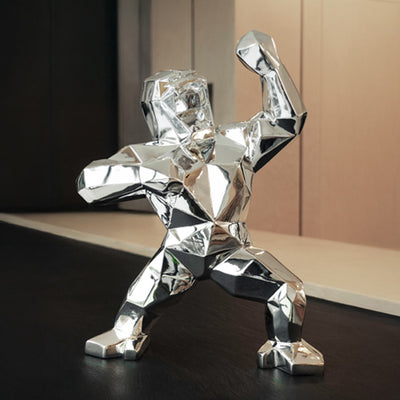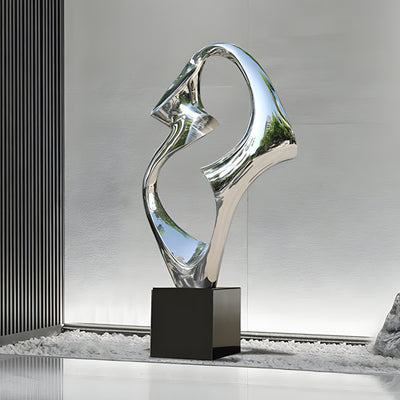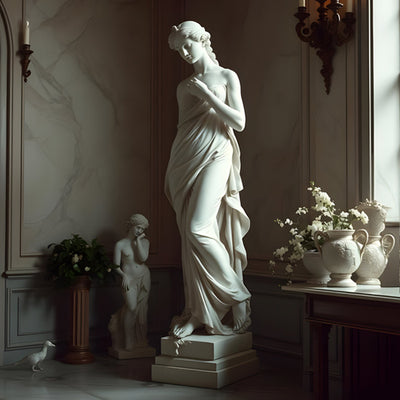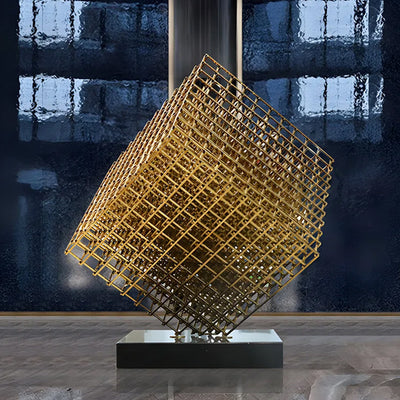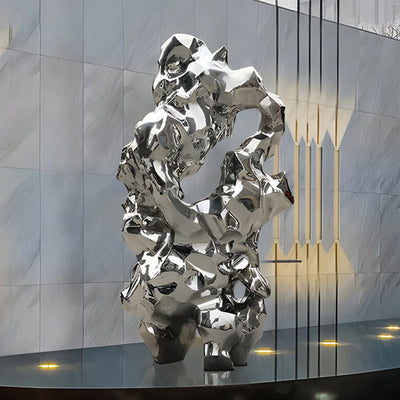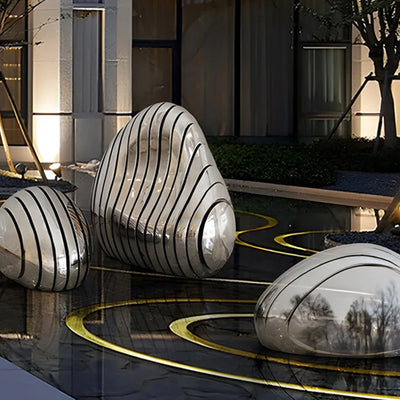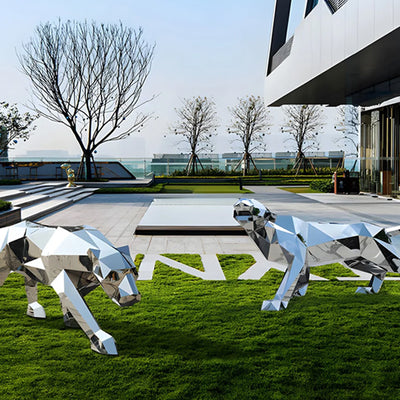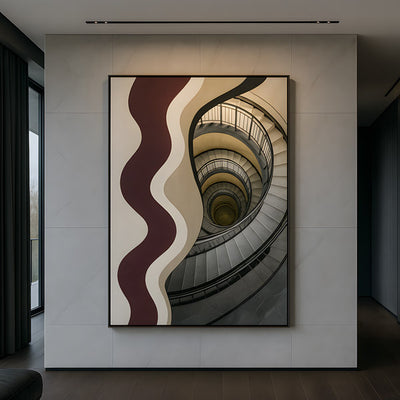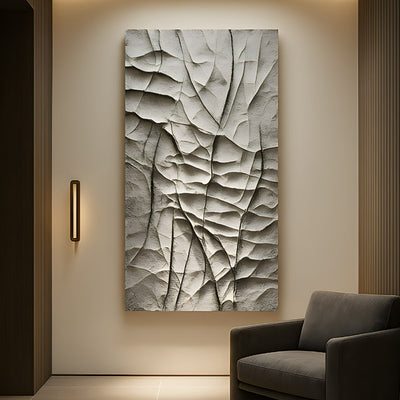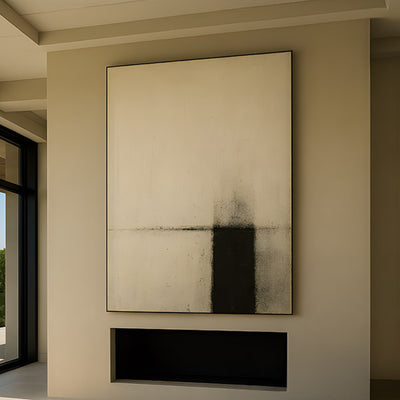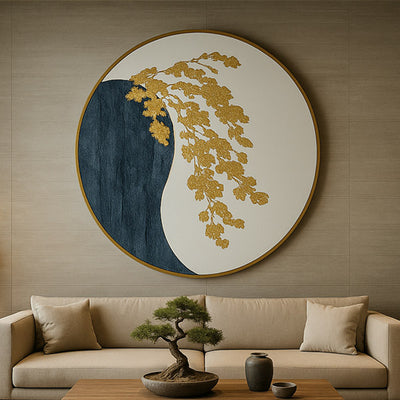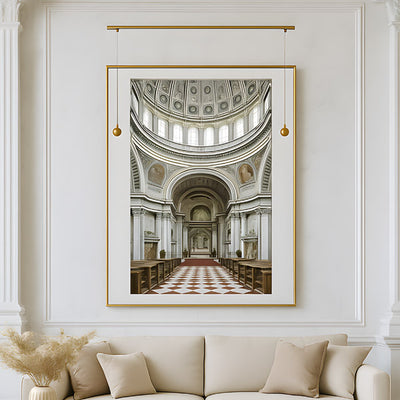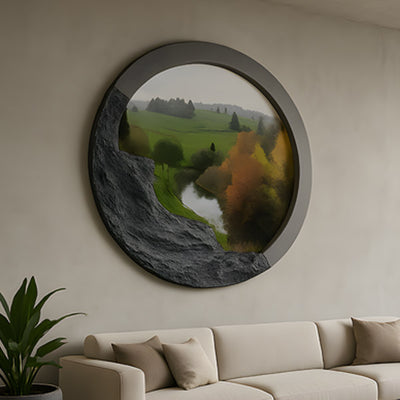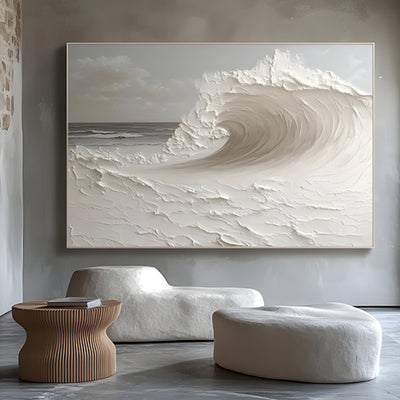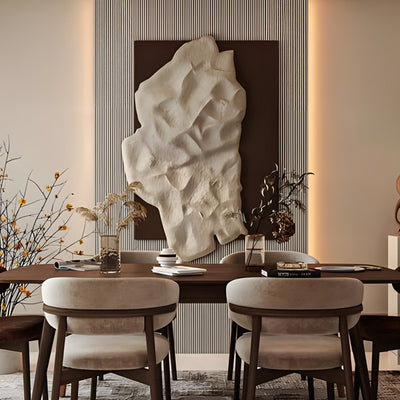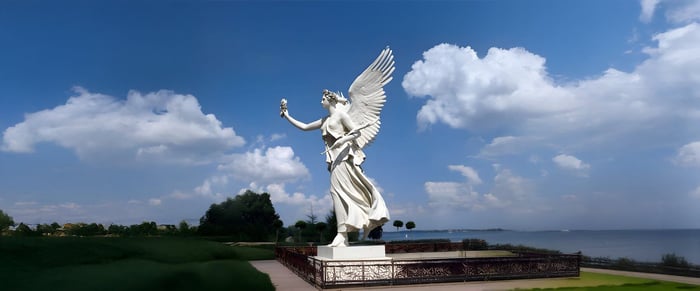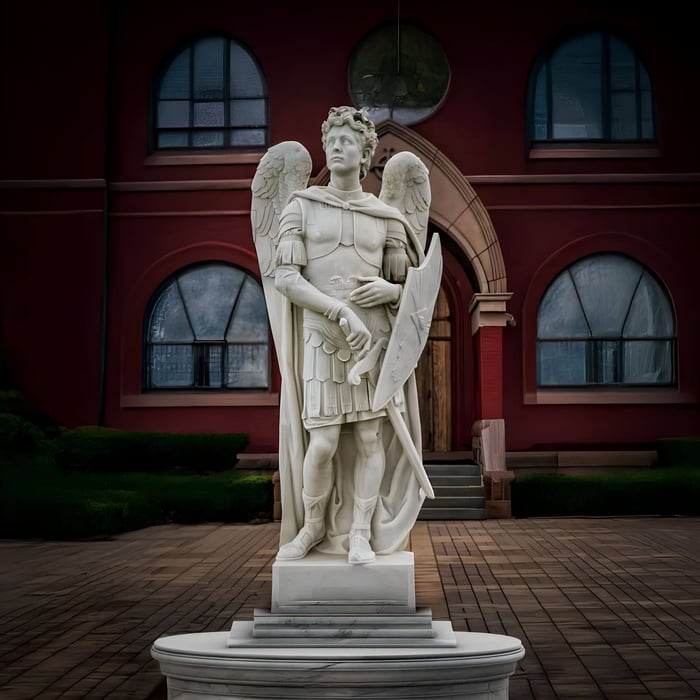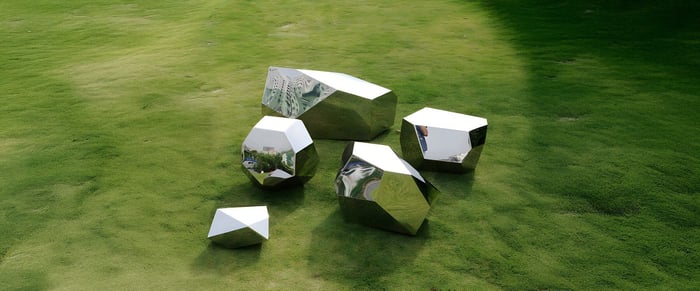From the glinting temples of ancient Greece to the hushed halls of the Louvre, myth‑inspired marble sculptures have captivated viewers for more than two millennia. These classic sculptures turn legendary tales into tangible form, allowing marble to speak of gods, heroes, and moral struggles long after original storytellers fell silent. This guide explores how myth and marble joined forces, traces the evolution of classic sculptures from Archaic Greece to the Renaissance, spotlights eight must‑see marble masterpieces, unpacks the craft of marble carving, and shows how you can introduce these legends into modern interiors or outdoor spaces.
The Marriage of Myth & Marble
Myth as Creative Catalyst
Greek epics, Roman poetry, and Renaissance humanism supplied sculptors with a ready‑made cast of dramatic characters - Zeus hurling thunder, Perseus brandishing Medusa’s head, Aphrodite rising from sea‑foam. Mythology offered universal themes (love, ambition, envy) and clear symbols such as winged sandals or laurel crowns. These stories pushed artists toward larger scales, daring anatomy studies, and ultimately the enduring appeal of classic sculptures we still admire.
Marble’s Timeless Allure
Why carve in marble? First, fine‑grained Carrara and Parian blocks allow crisp chiselling and subtle flesh tones once polished. Second, marble’s translucence mimics human skin in candlelight, adding realism to every muscle and drapery fold. Finally, the stone weathers gracefully, letting outdoor sculptures and garden statues survive centuries of sun, rain, and political upheaval, perfect for “immortalising” immortal figures.
Historical Evolution of Mythological Sculpture
Archaic to Hellenistic Greece
Early kouros figures stand rigid, but fifth‑century BCE artists introduced contrapposto, seen in the Discobolus. Hellenistic masters pushed emotion further - the Laocoön Group traps viewers in its twisting anguish, a benchmark for expressive classic sculptures and a jewel of Hellenistic art.
Roman Adoption and Adaptation
Romans eagerly collected Greek originals and produced marble copies for villas and bath complexes. They hybridised myth with portraiture, crafting busts that fused an emperor’s likeness with a god’s attributes, an early exercise in political branding.
Renaissance Revival
Fifteen centuries later, Michelangelo, Cellini and Bernini resurrected mythic themes. Michelangelo’s David channels biblical heroism through ancient athletic ideals; Cellini’s bronze Perseus revives the hero‑monster narrative with High‑Renaissance swagger. The period’s passion for marble masterpieces rebooted classical ideals and confirmed marble as the supreme material for sculptural heritage.
Iconic Myth‑Inspired Marble Masterpieces (Eight Must‑See Works)
1. Laocoön and His Sons (Hellenistic, Vatican Museums)
Unearthed on Rome’s Esquiline Hill in 1506, this tour‑de‑force of Hellenistic art captures raw agony as serpents entwine a Trojan priest and his sons, showcasing sinewy anatomy and virtuosic marble carving that set the benchmark for expressive composition.
2. Venus de Milo (Late Hellenistic, Louvre)
Aphrodite’s missing arms make her more enigmatic, not less. The statue’s flowing drapery contrasts with polished torso, illustrating the sculptor’s mastery of constructive “unfinishedness” to suggest movement.
3. Discobolus (Discus Thrower) (Classical Greek copy, British Museum)
Myth meets athletics: the sculpted athlete embodies the ideal male form while referencing ancient athletic associations with the god Apollo. Copy after copy filled Roman gymnasia.
4. Winged Victory of Samothrace (Hellenistic, Louvre)
Nike strides atop a prow, marble tunic whipped by sea winds. Carved around 190 BC, this iconic statue was engineered to crown a fountain, an early example of integrated outdoor statuary and architecture.
5. Apollo Belvedere (Roman copy, Vatican Museums)
Long idealised as the pinnacle of classical male beauty, this sculpture reinforced Renaissance notions of proportion and launched countless plaster casts in academy studios.
6. Perseus with the Head of Medusa (Cellini, Renaissance Florence)
Benvenuto Cellini’s 1554 masterpiece combines daring bronze casting with mythic storytelling - Perseus stands triumphant, Medusa’s serpentine hair rendered in chilling detail.
7. Cupid and Psyche (Antonio Canova, Neoclassical Louvre)
Canova turns marble into flesh in this tender embrace, capturing the moment mythic lovers reunite; its polished surface and delicate balance exemplify Neoclassical grace.
8. Bacchus with Satyr (Gian Lorenzo Bernini, Baroque Rome)
Bernini animates Dionysian revelry: a tipsy Bacchus leans into mischievous revelry with a satyr, swirling drapery and playful gazes embodying Baroque dynamism.
These marble masterpieces showcase how sculptors translated legendary tales into lasting form, whether capturing the moment of triumph, seduction, or divine intervention.
Artistic Techniques: Carving Legends in Stone
Material Mastery
Marble originates in high‑pressure limestone formations. Carrara (Italy) remains the gold standard; Renaissance sculptors inspected quarries themselves to select flaw‑free blocks. Modern artists still prize this source, though Greek Thasos and Vermont Danby marbles also supply today’s contemporary sculpture market.
Chisel & Point
Work begins with a point chisel to rough out bulk, progresses through tooth chisels for musculature, and ends with flat chisels before abrasives polish skin and drapery. Though pneumatic hammers speed early stages, final passes remain hand‑driven to preserve the crisp rhythms collectors love in classic sculptures.
Polishing & Patina
After rasping, abrasives such as pumice and emery yield glass‑smooth skin tones. Wax or casein layers add gentle sheen; in antiquity, artisans even painted lips or inlaid bronze pupils. Today’s conservators clean grime with laser ablation, revealing original satin surfaces without harsh chemicals - key to conservation art.
Cultural Resonance & Conservation
Symbols Across Civilisations
Mythic figures conveyed ideals: Athena (wisdom) presided over Athenian assemblies; Hermes guarded markets; Nike crowned victories. In modern contexts, corporate campuses display iconic statues - a marble Mercury to symbolize speed, , while universities commission Minerva to embody learning, proof that classic sculptures still transmit cultural codes.
From Museum Collections to Public Plazas
While masterpieces reside in the Louvre or British Museum, many cities commission monumental copies or new myth‑themed outdoor sculptures to animate parks. Sydney’s Venus Rising and Chicago’s Perseus keep ancient stories in public view.
Preservation Challenges
Marble is resilient yet vulnerable to acid rain, vandalism, and careless cleaning. Conservators use laser‑ablation to remove pollutants and stainless‑steel dowels to stabilise cracking limbs, always balancing intervention with historical integrity. Conservation art ensures future generations meet these legends intact.
Bringing Mythic Marble into Modern Spaces
Scale & Placement
Busts (30–50 cm) lend gravitas to bookcases.
Half-figures (80–100 cm) anchor foyers.
Full-size garden statues (150 cm +) focal points beside reflecting pools or among flower borders.
Choose proportion to room height, leaving at least one‑third of wall width free on either side for visual breathing room.
Stylistic Pairings
Minimalist loft - Let a white mythological sculpture stand against black steel beams.
Modern farmhouse - Offset rustic wood with a small marble masterpiece of Demeter.
Industrial chic - Contrast raw concrete with a polished Medusa relief - industrial pop meeting Hellenistic poise.
Lighting & Display
Up-lighting reveals volume; raking side‑light exaggerates drapery folds, ideal for outdoor statuary at dusk. Indoors, UV‑filtered LEDs prevent yellowing wax finishes. Use marble or steel plinths 10‑15 cm wider than sculpture base for stability; felt pads protect floors.
Buying Classic Sculptures Today
Authenticity matters – request provenance papers for museum‑quality pieces.
Material & finish – Carrara retains higher value than generic stone; crisp tool marks signal skilled hands.
Conservation state – minor chips give character; deep cracks may demand costly restoration.
Location – indoor mantel or exposed garden? Choose sealing and mounting solutions accordingly.
Dealer reputation – work with established galleries or specialists like Giant Sculptures’ marble collection.
Conclusion: Marble Legends for a Modern Age
Classic sculptures fuse legendary storytelling with marble’s enduring strength, ensuring that Perseus, Aphrodite, and Apollo still command attention 2,000 years on. These marble sculptures have shaped our understanding of beauty, heroism, and civic identity, while modern conservation keeps their chiselled whispers alive for future generations. Whether you admire them in museum collections, wander through public parks, or place a scaled bust on your mantel, you join a lineage of myth lovers captivated by stone turned into story. Ready to welcome a legend into your life? Visit local galleries, explore sculpture parks, or browse Giant Sculptures’ curated selection of customised myth‑inspired works, and let timeless legends carve a place in your home.







